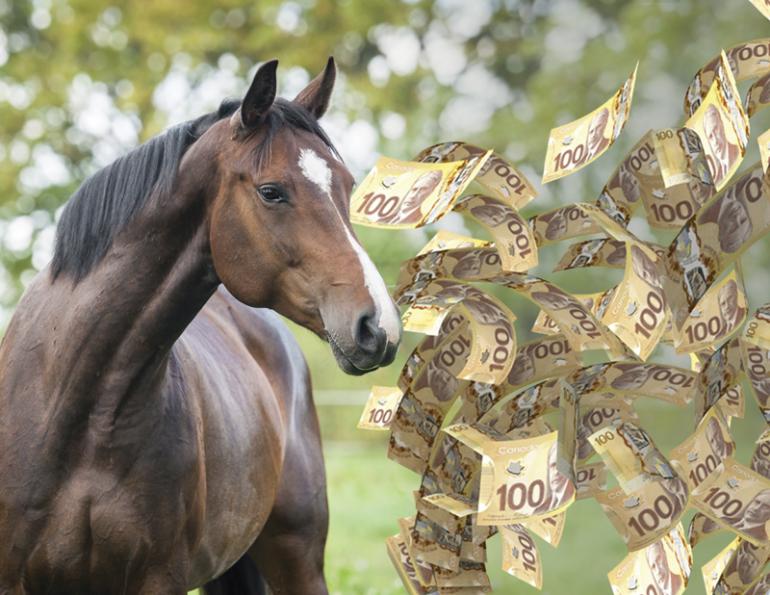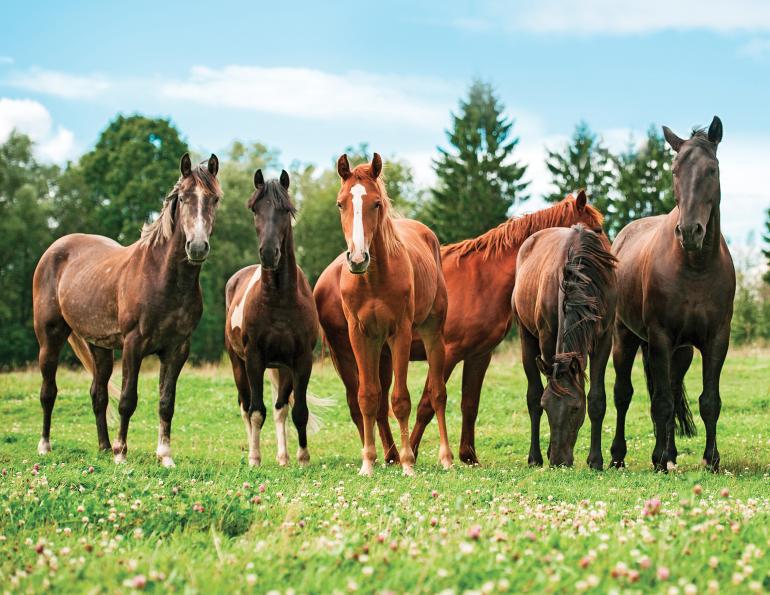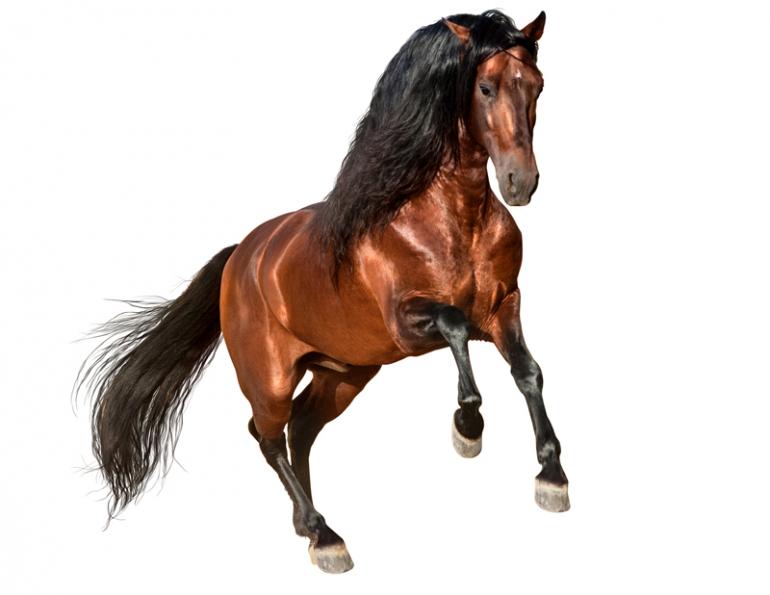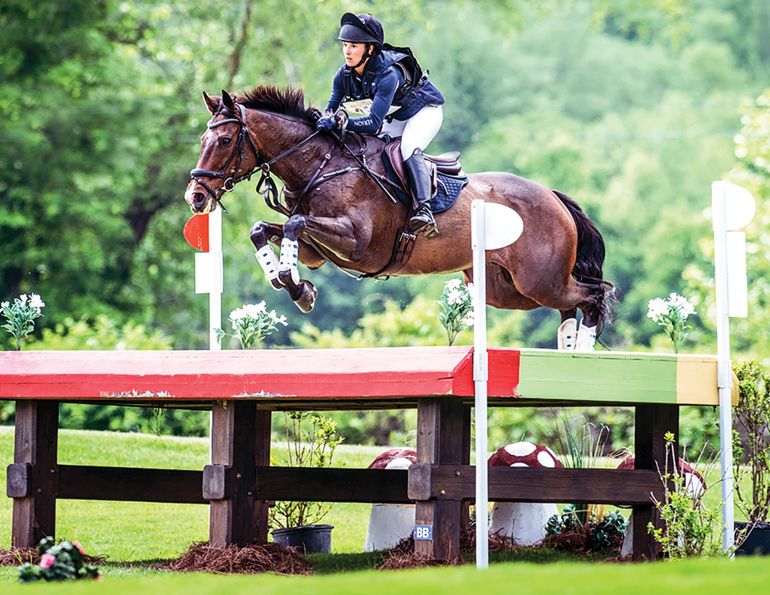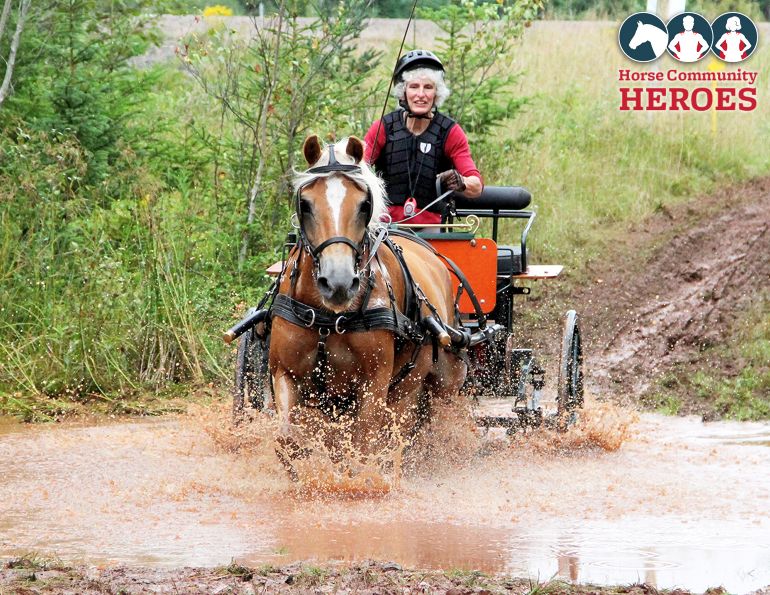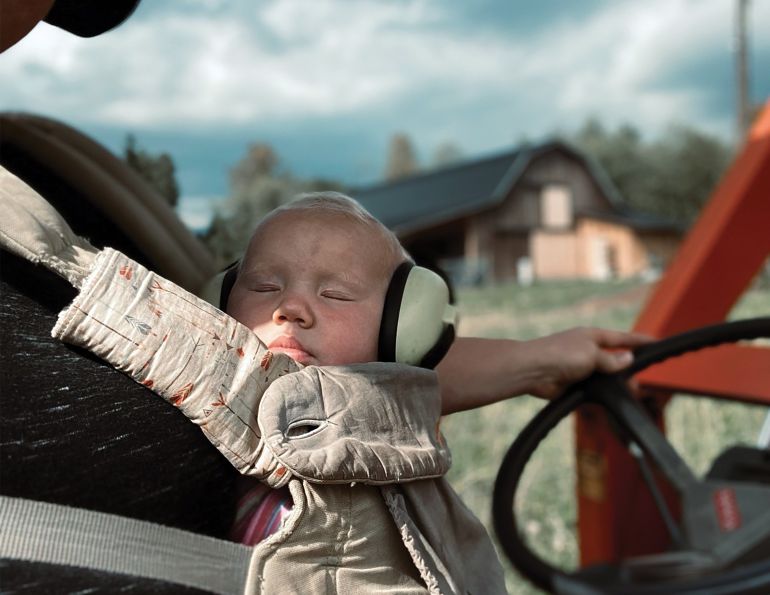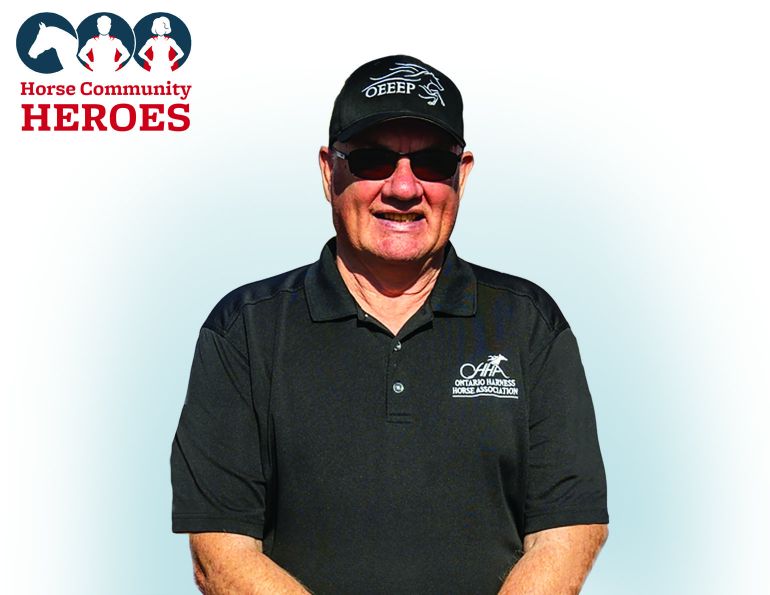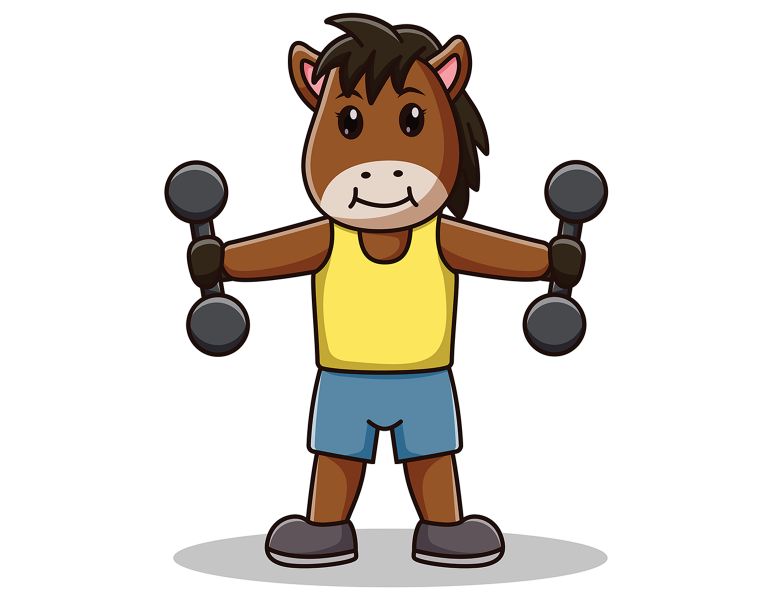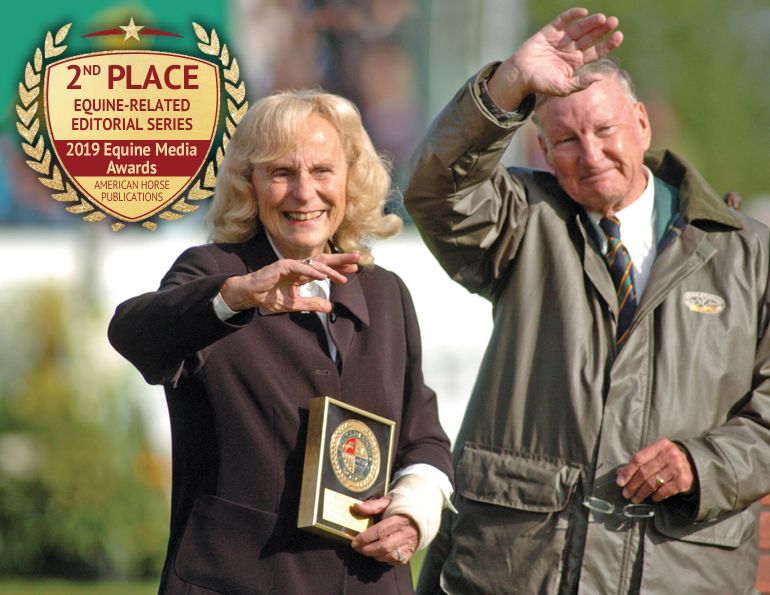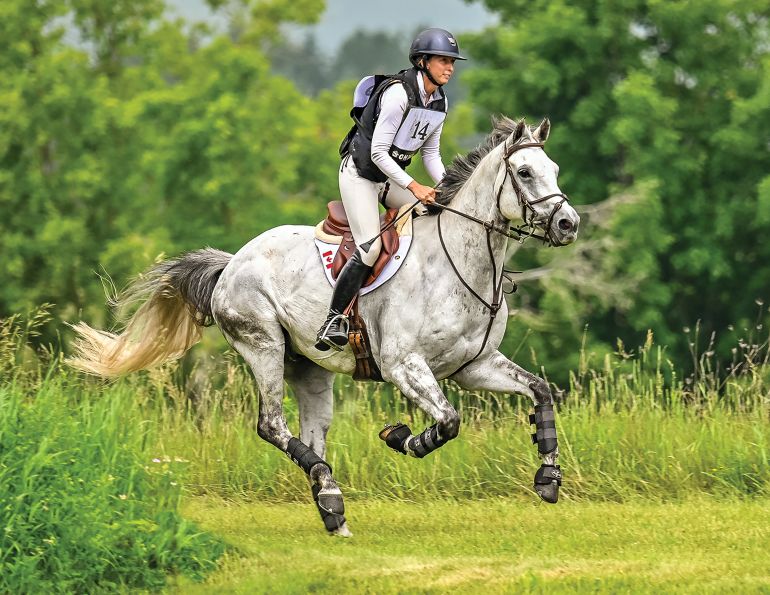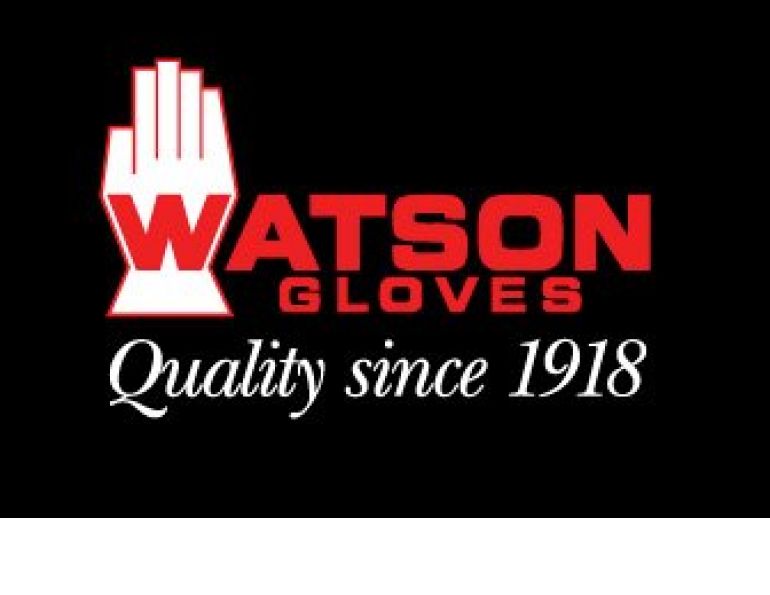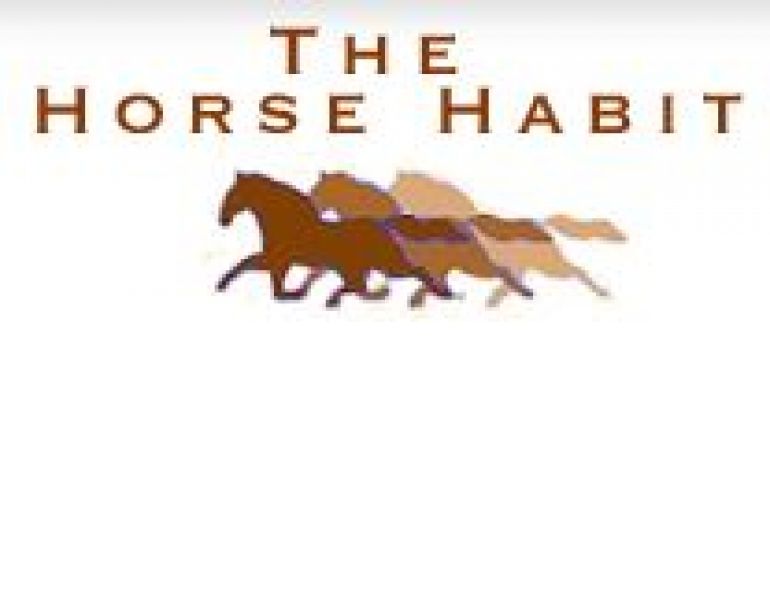By Tania Millen, BSc, MJ
Finding the money for horse sports can be challenging, but with ingenuity, riders can discover funding in unusual places.
Cash with minimal strings attached is available through grants, bursaries, awards, and scholarships. Crowdfunding campaigns can raise funds online through public donations, brand ambassadors receive products at a discount, and sponsors provide free product to their riders. Although these funding sources won’t deliver the holy grail of fully sponsored horses, they can deliver hundreds of dollars in cash or product to riders - significantly reducing costs - and signaling to other sponsors that a rider is worth attention.
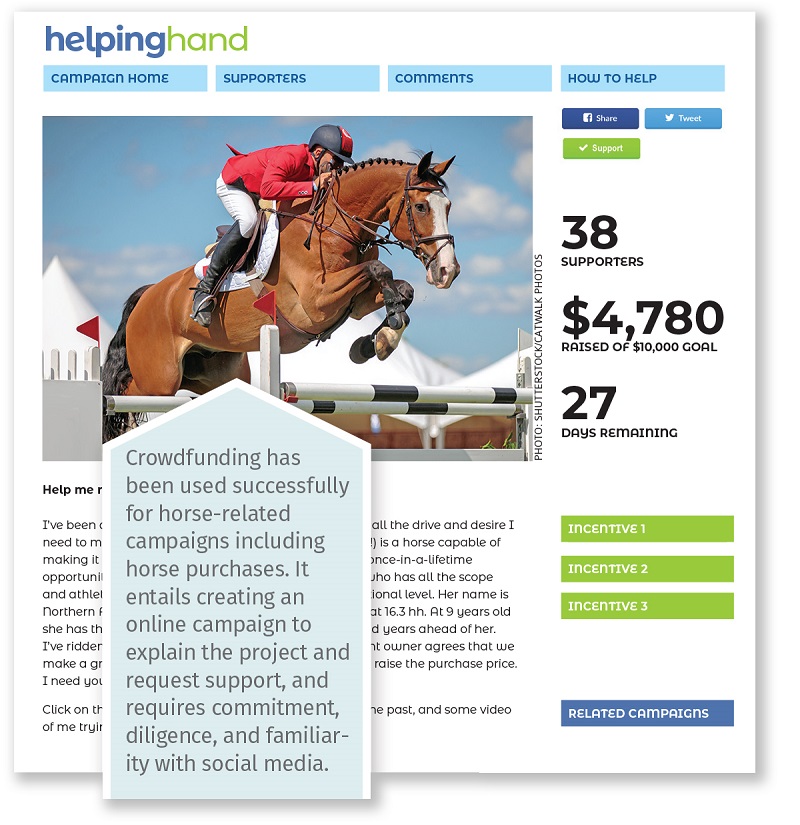
But before searching for magical money trees, it’s worth considering how funding sources differ, as different sources may be more suitable for some riders than others. Funding sources may be passive (apply and wait), or active (energize strangers for a cause), while benefits and expectations of funding types differ, too. Award recipients may not be required to do anything other than have their photo taken when receiving a cheque, while crowdfunding campaign supporters usually expect public recognition. However, sponsoring businesses view sponsorship as a transaction, with riders expected to provide a return on investment. In the funding game, seemingly free money and products aren’t always genuinely free.
Grants, Awards, Bursaries and Scholarships
An obvious place to look for cash is from grants, bursaries and awards. These rewards often have no strings attached, however, every application is different so read the eligibility criteria carefully, then complete the application and provide any required documentation. Sometimes awards are not given out due to lack of applications, so it’s always worth applying. There’s nothing to lose and much-needed funds to gain.
So where do you find these awards? Start with your local, regional, provincial, and national equestrian organizations. For example, Horse Council BC provides travel assistance for athletes attending upper level competitions, while Ontario Horse Trials Association offers bursaries to youth and officials. Saskatchewan Hunter/Jumper Association, Dressage Development Association, and Reining Horse Association all offer high performance grants. Ontario Equestrian offers bursaries to junior members, while New Brunswick Equestrian Association provides bursaries to youth, plus rider subsidies and funds for coaches. There are many other organizations that provide funding, too, and the internet is a great place to find them.
Some organizations prefer to fund groups of riders rather than individuals, but don’t let this be a deterrent, just figure out how the funds can benefit your group. For example, Horse Council BC provides grants to member clubs to help them organize an event. These grants can be used to help defray overall clinic costs and hence reduce individual riders’ clinic fees.
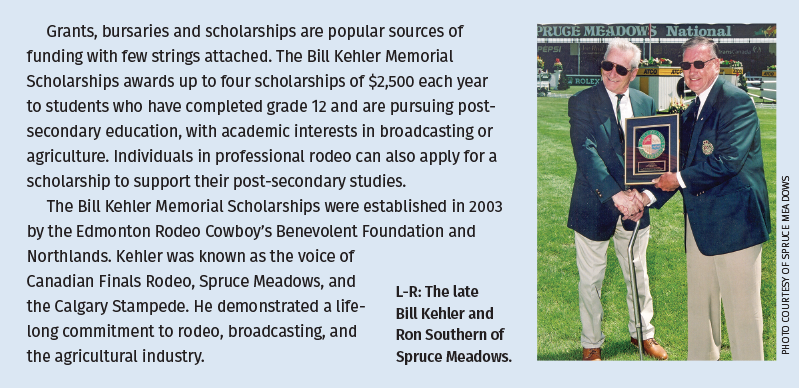
Searching for funding beyond the horse industry can pay off, too. Riders are athletes, and national and international businesses and organizations may have athlete funding available for more competitive riders. For example, provincial ministries in BC, Alberta, Manitoba, and Ontario offer funding to upper level riders.
Scholarships are another source of funding. Most scholarships require recipients to be students of an accredited school, but some are linked to competitive performance instead, so read the award criteria carefully. For example, Vancouver Island Hunter Jumper Association offers scholarships to members in good standing; Horse Trials BC offers a scholarship to help members pursue further education; and Reining Canada offers youth scholarships. Horse Industry Association of Alberta provides a list of 14 organizations that offer scholarships for students pursuing equine-related post-secondary education; Manitoba’s Red River Exhibition Association offers a memorial equine scholarship; and Ontario Harness Horse Association offers college and university level entrance scholarships. 4-H Canada is another potential source of youth scholarships, while American Horse Publications has awards for horsey students pursuing media careers. Most post-secondary equine programs have scholarship programs to assist new and returning students, too. For example, University of Guelph offers a tuition scholarship for online equine science certificate courses.
Breed associations may offer scholarships as well. For example, American Quarter Horse Association manages over 30 scholarships for youths and students, and Canadian Thoroughbred Horse Society offers a scholarship for post-secondary students. So if you’re a student or plan to be soon, search for funds specifically for riders that need financial help.
Awards, bursaries, grants, and scholarships are passive ways to receive financial help – simply complete the requisite application then wait for funding confirmation. However, riders keen to take an active approach to funding their sport may enjoy the challenges and rewards of crowd funding and sponsorship.
Crowdfunding
If you’re willing to publicly share your story and ask for financial help, then consider running a crowdfunding campaign. Crowdfunding entails creating an online campaign for a specific need and requesting support from “the crowd” – both your network, and strangers. Successful crowdfunding requires time, diligence, and social media savvy, along with a commitment to deliver what you’ve promised when and if the campaign is successful.
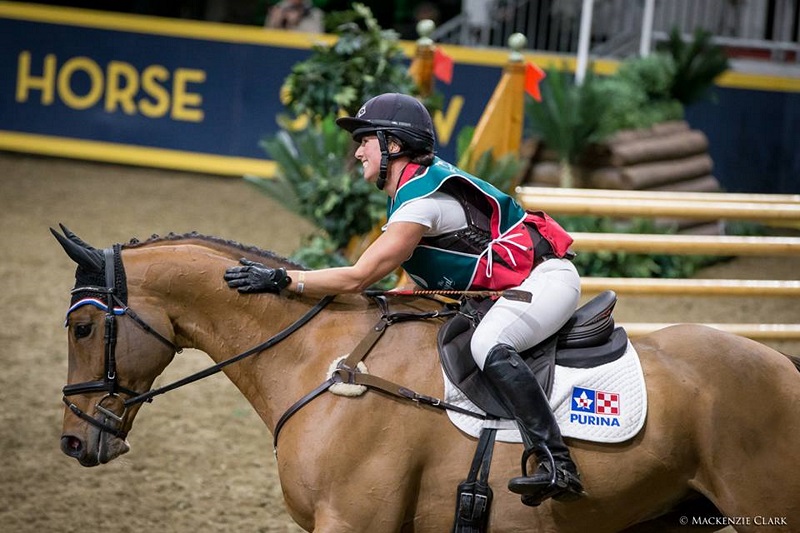
Canadian three-day event rider, Holly Jacks-Smither, competes at the Royal Winter Fair in Toronto, Ontario, with the logo of sponsor Purina visible on her saddle pad. Photo: Mackenzie Clark
Kickstarter and GoFundMe are two platforms that have been used successfully for horse-related campaigns. For example, Kickstarter was used to raise over $170,000 for a 3,000 mile trail ride and subsequent movie Unbranded, while a GoFundMe campaign raised over $10,000 for Joni Lynn Peters’ bid to ride on Canada’s Olympic dressage team. Crowdfunding has been used to secure horse ownership, too, with six-figure international race horses, show jumpers, and event horses all purchased through crowdfunding campaigns.
Crowdfunding is a great way to tell your story to those who may not hear it otherwise, but it also takes a lot of planning and energy with no guarantee of success. So consider the benefits and drawbacks before embarking on a campaign.
Sponsorship
In the sponsorship world, every rider is a brand, and how riders portray themselves affects potential sponsorship deals. Sponsorship can be whatever the applicant and sponsor decide – from free product to cash – and every rider and sponsor is different. However, all sponsorship deals rely on strong relationships.
Holly Jacks-Smither, a Canadian international level three-day event rider, has numerous sponsors and she enthusiastically shared details about her sponsorship success.

Before agreeing to a sponsorship, Jacks-Smither tries the product to be sure that it works well for her horses and she can stand by it. She also approaches companies for sponsorships of products she likes and uses in her barn. Photo: Mackenzie Clark
She says, “One of my first sponsorship experiences was being an ambassador when I was riding intermediate level. But I’ve got a lot more sponsors in the last five years. I’ve been getting better international results, so I’ve become more valuable to sponsors and they’ve been coming to me. But I also approach companies for sponsorship of products that I use in my barn regularly, and that I really like.”
But not every sponsorship deal is a perfect fit. Jacks-Smither explains, “Before I ever say yes to sponsorship, I always try the product. I want to make sure it’s best for my horses and that I can stand by the product. Most of my sponsors provide free product but many were really supportive when I was fundraising so that I could attend an international event. A lot of my sponsors donated cash or extra goods to auction off during my fundraising auction, which was really great.”
How does Jacks-Smither entice sponsors? Her sponsorship package includes recent competitive results, what she can do for the company, how she’ll help promote their product, plus details of her online presence using other sponsored products. She’s adamant that successful sponsorship is all about what she can do for sponsors, not what they can do for her.
One of Jacks-Smither’s sponsors is Hit-Air Canada, which provides her with air-bag safety vests. Hit-Air’s eastern Canada representative Mark Greenwood is excited to be part of Jacks-Smither’s success and was happy to chat.

Sponsorships can be whatever the sponsor and rider decide, and sponsors typically look for exposure in return for product. Boogaloo Brushing Boots has been sponsoring Jacks-Smither since 1997. Photo: Ian Woodley
“We offer product sponsorship to upper level riders like Jacks-Smither with the expectation that they’ll wear our product and provide exposure. I approached Holly and asked whether she’d wear our vest because of her outgoing personality and because she’s a professional rider. She’s out there at all the shows, has students out there, and multiple horses that she competes. So she tried it and said yes. She believes in our product. And if a professional rider like Jacks-Smither is wearing it, then up and coming riders will want to wear it, too.”
Jacks-Smither also refers students to Hit-Air, which Greenwood notes is a substantial benefit. “But I don’t expect a whole lot from our sponsored riders,” Greenwood says. “It’s really about exposure. Jacks-Smither sends us pictures wearing our vest and we use those on social media. We try to give our riders as much as we can, because we get it – horse sport is expensive and they need as much support as they can get.”
Marie Hodgson owns Boogaloo Brushing Boots, another of Jacks-Smither’s enthusiastic sponsors. Hodgson says, “Boogaloo has sponsored Jacks-Smither since about 1997. She actually approached us and we’ve been happy to continue sponsoring her. We’re essentially looking for exposure in return for product. Jacks-Smither hangs our banner in her barn at shows, we use photos on social media, and she refers students to us.”
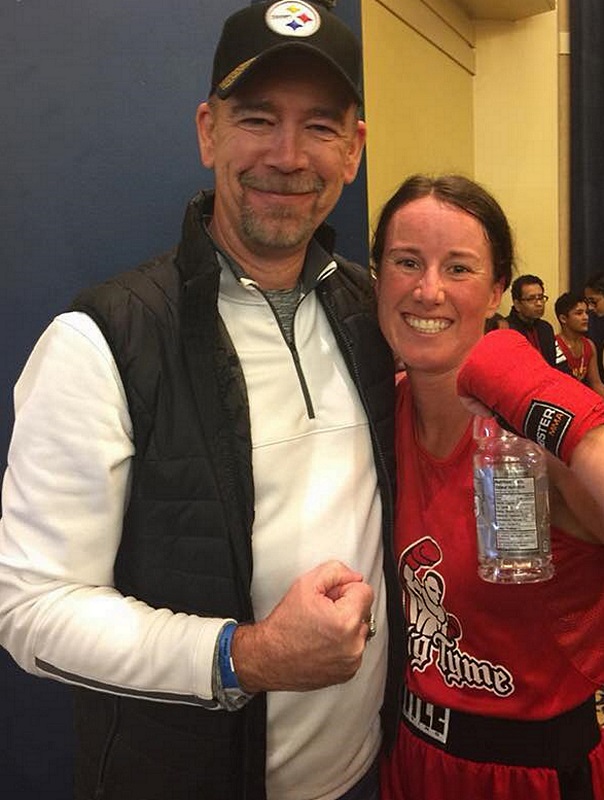
Jacks-Smither recently learned how to box and this was her first match. Illustrating their positive sponsor-rider relationship, Hit-Air representative Mark Greenwood came to the fight to cheer her on. Photo courtesy of Holly Jacks-Smither
Hodgson feels that riders are more likely to receive sponsorship when they already have funders or sponsors in place. “It’s great for us when riders have lots of sponsors. We get to interact with other companies and their representatives, which gives our product more exposure. The more the merrier!”
From comments like these, it’s obvious that sponsorship can be rewarding for both riders and sponsors, with successful sponsorship partnerships helping both achieve their goals. However, sponsorship is just one piece of the funding puzzle.
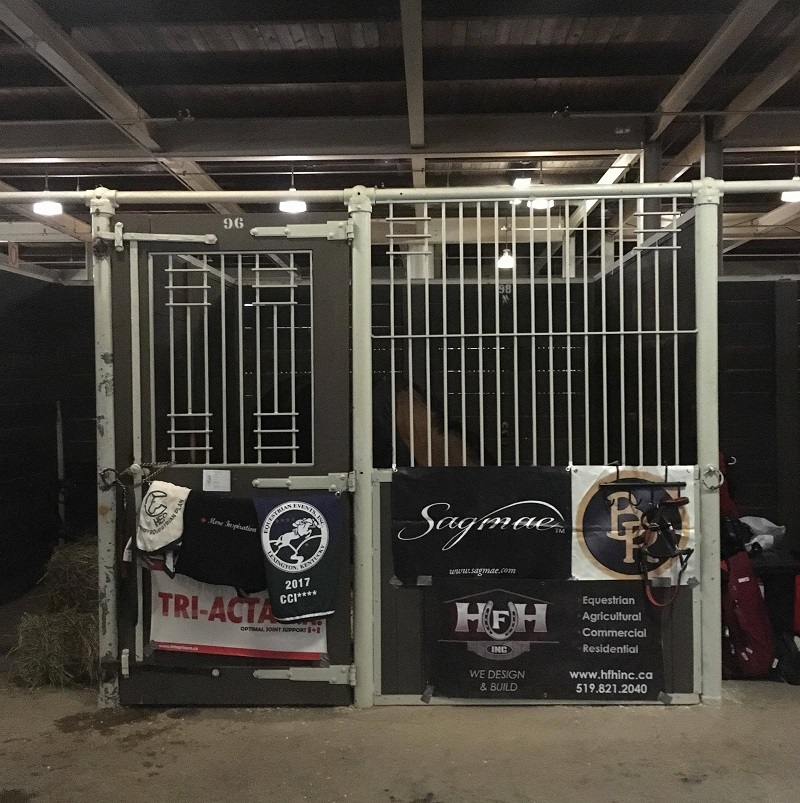
Sponsor logos adorn Jacks-Smither’s stalls at events, providing sponsors with the exposure they want. The more successful the rider, the more sponsors they will attract. Photo courtesy of Holly Jacks-Smither
There are many ways to fund horse sport – from applying for grants, bursaries, scholarships and awards, to embracing the challenges of crowdfunding - so search online for opportunities, tap your networks, and be innovative wherever possible.
Perhaps this will be the year that your elusive money tree appears.
Main photo: Shutterstock/Catwalk Photos



